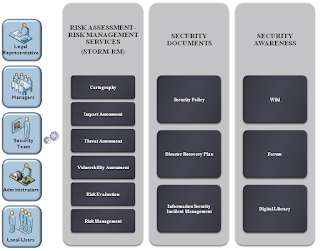Information sharing can facilitate, the more effective fighting efforts against cyber-attacks
Sharing information about cyber-attacks is making a difference in the banking sector, helping bring criminals to justice and curbing fraud losses. And other sectors should learn from banking's example.
It's important for information security professionals to continue their efforts to get senior executives to buy in to the need for cross-industry collaboration. Informal sharing of cyber-intelligence has for years been a common practice among cybersecurity warriors in the trenches.
This type of information sharing, however, often has gone on in the background without the knowledge of upper management. That's because many executives are fearful of revealing too much or sharing with competitors their security vulnerabilities. But that attitude is, slowing but surely, changing.
What's more, the intelligence the financial industry has gathered over the last 12 months about al-Qassam and other attackers was shared with law enforcement, government and others. In fact, much of the information federal investigators gather about cyber-espionage and cyber-attacks comes from the financial sector first.
Those kind of partnerships are needed in other industry sectors as well. Cyber-attacks affect numerous industries, from hospitality and retail to healthcare and government. The more information sharing these sectors can facilitate, the more effective fraud-fighting efforts will be.
Sharing information about cyber-attacks is making a difference in the banking sector, helping bring criminals to justice and curbing fraud losses. And other sectors should learn from banking's example.
It's important for information security professionals to continue their efforts to get senior executives to buy in to the need for cross-industry collaboration. Informal sharing of cyber-intelligence has for years been a common practice among cybersecurity warriors in the trenches.
This type of information sharing, however, often has gone on in the background without the knowledge of upper management. That's because many executives are fearful of revealing too much or sharing with competitors their security vulnerabilities. But that attitude is, slowing but surely, changing.
What's more, the intelligence the financial industry has gathered over the last 12 months about al-Qassam and other attackers was shared with law enforcement, government and others. In fact, much of the information federal investigators gather about cyber-espionage and cyber-attacks comes from the financial sector first.
Those kind of partnerships are needed in other industry sectors as well. Cyber-attacks affect numerous industries, from hospitality and retail to healthcare and government. The more information sharing these sectors can facilitate, the more effective fraud-fighting efforts will be.
